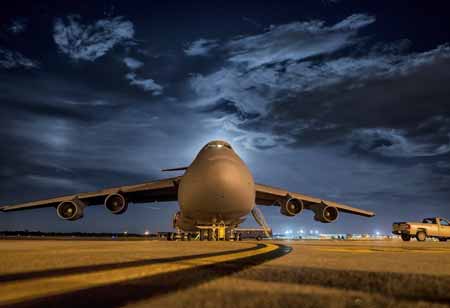THANK YOU FOR SUBSCRIBING
THANK YOU FOR SUBSCRIBING

By
Logistics Transportation Review | Monday, August 21, 2023
Stay ahead of the industry with exclusive feature stories on the top companies, expert insights and the latest news delivered straight to your inbox. Subscribe today.
Choosing the appropriate transportation mode for cargo involves a balance between factors such as budget, cargo characteristics, reliability, safety, and flexibility. By carefully considering these aspects, businesses can optimize their shipping strategy and enhance supply chain efficiency.
Fremont, CA: The realm of cargo transportation encompasses diverse methods, each tailored to specific cargo types and business needs. Making an astute choice among these transportation modes is pivotal for businesses seeking efficient and cost-effective shipping solutions. The incorporation of network design within supply chains further streamlines logistics and minimizes transportation expenses. Common modes of transportation include railways, roadways, aviation, waterways, and pipelines, each contributing uniquely to expedite shipments and reduce costs.
Several factors should guide the selection of an appropriate transportation mode:
Cost/Budget Considerations:
Financial considerations underpin any cargo shipment. Varying costs are tied to the type and volume of goods, which can impact overall pricing. The interplay between transport expenses and other charges like insurance and finance must be comprehensively evaluated.
Cargo Characteristics:
The size and weight of the cargo play a pivotal role in determining the optimal transportation mode. Fragile or smaller shipments often find their match in land or air transport, whereas high-volume shipments lean toward rail and sea options. Air and land modes are typically the go-to for delicate, high-value products.
Reliability and Timeliness:
Reliability metrics differ across transportation modes, dictating decisions based on shipment urgency. External factors, such as adverse weather conditions, can delay land, ocean, or air transport, underscoring the importance of planning for contingencies.
Security and Safety:
The security of goods during transit is of paramount importance. Land transport typically offers better security compared to rail. Sea transport, due to its exposure, carries higher associated risks. Roads are generally considered safer than railways for transportation.
Flexibility and Convenience:
Road transport boasts unmatched flexibility, unaffected by factors like scheduled flight times or fixed routes. The convenience of motor vehicle transportation allows continuous operation day and night, making it a reliable choice. Additionally, last-mile delivery is significantly facilitated by road transport.
Selecting the appropriate transportation mode involves a meticulous assessment of these facets to ensure seamless cargo delivery. By aligning budget considerations, cargo characteristics, reliability needs, security concerns, and flexibility requirements, businesses can enhance their shipping strategy, optimize costs, and uphold supply chain efficiency.
I agree We use cookies on this website to enhance your user experience. By clicking any link on this page you are giving your consent for us to set cookies. More info





